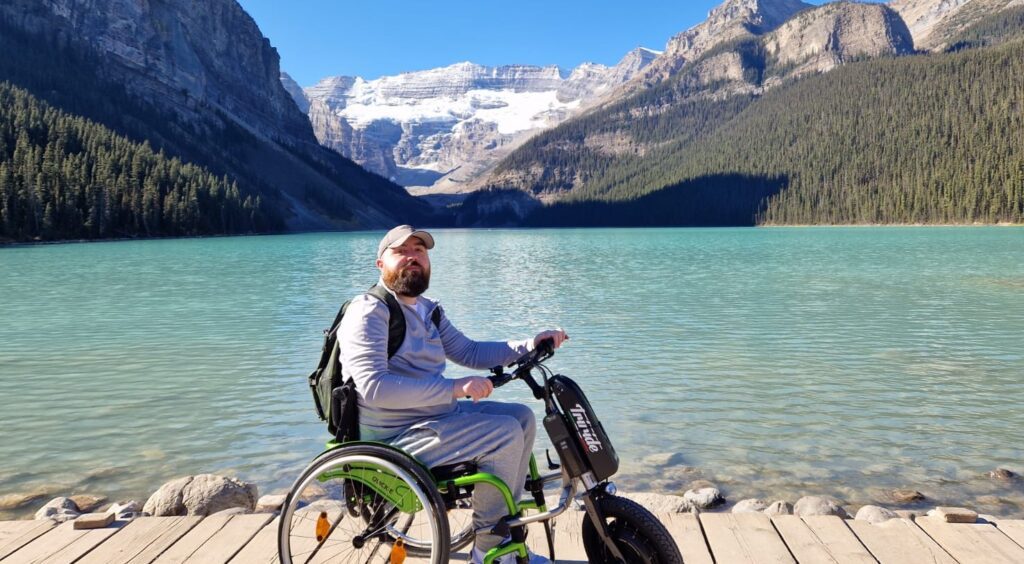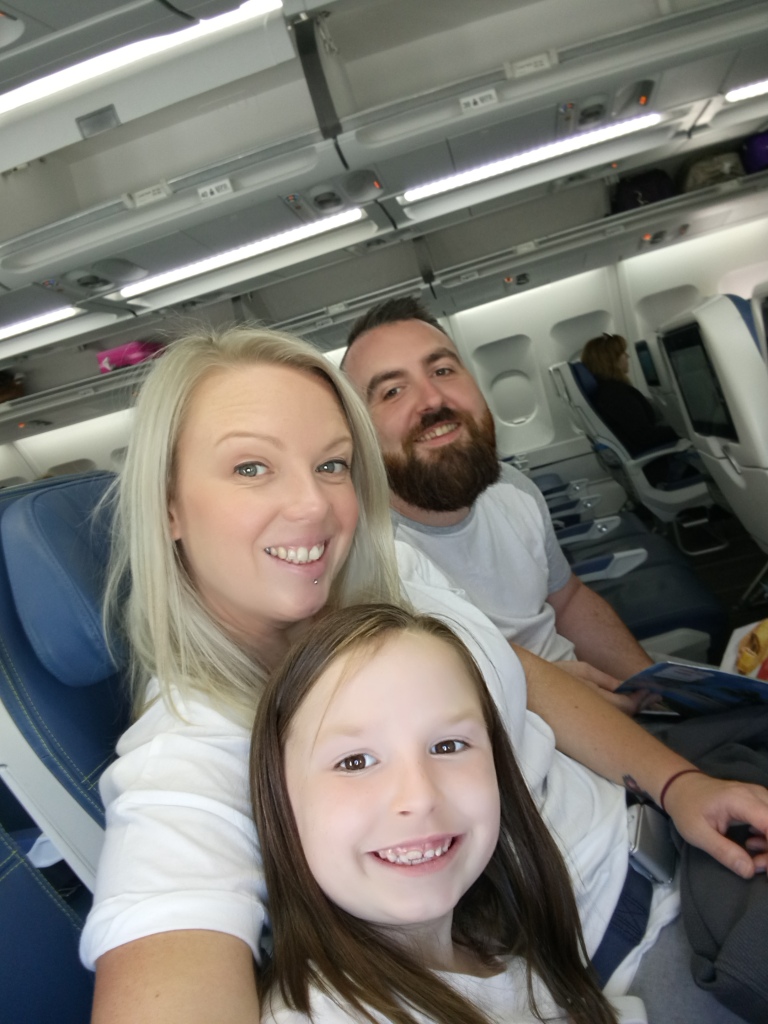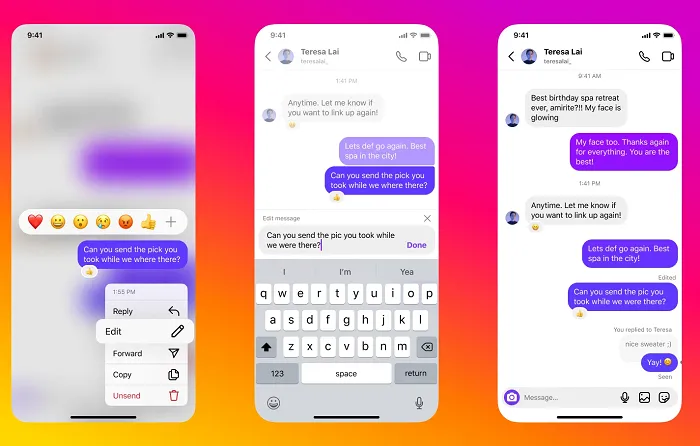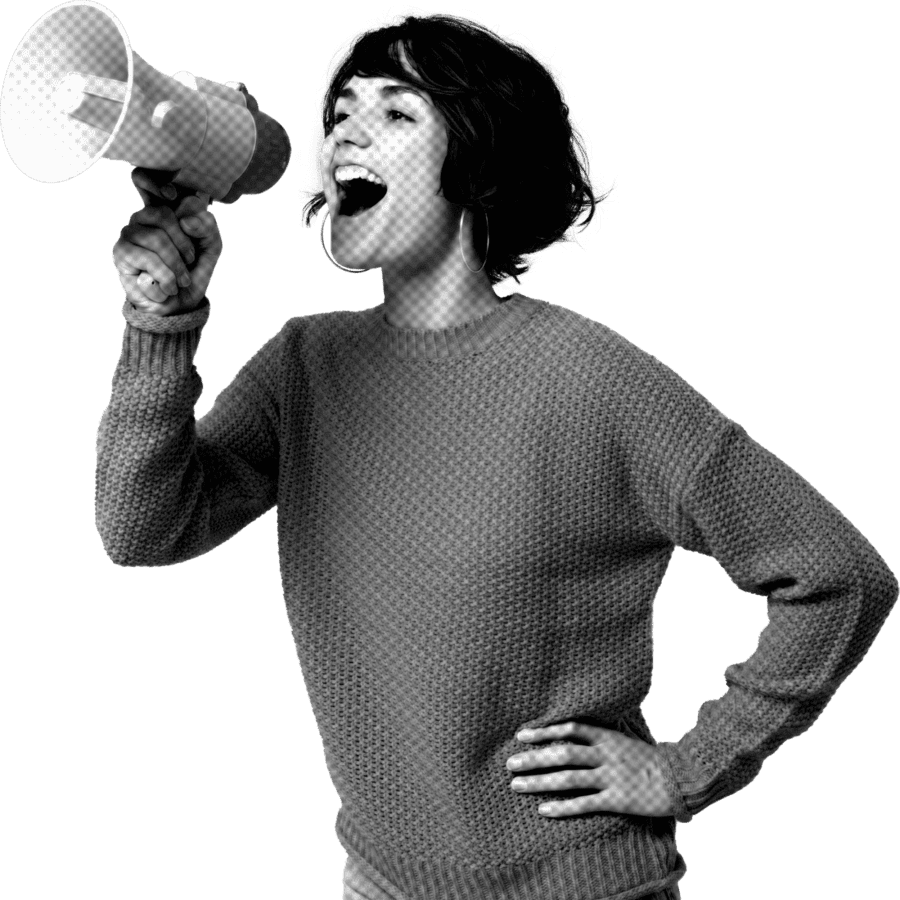Hi! I’m Joe, a writer and poet from sunny Scotland (when it isn’t raining). You may know of my blog Dystrophy Dad, where I write about disability, parenthood and travel. There’s just something about jetting off to new places that fills my wee Scottish heart, though flying isn’t without its challenges.
Air travel is a frightening prospect for many wheelchair users. This is not due to a fear of flying but a genuine worry that their wheelchair won’t arrive at their destination, and if it does, that it’ll have been crushed into a small metal cube.
The past few years have seen news stories of wheelchairs being lost or damaged by airlines, such as in the case of Para-Swimmer Patrick Flanagan, whose wheelchair made the trip from Dublin to Glasgow, only to arrive broken. Patrick then had to complete his onward journey to the 2021 Tokyo Paralympics without his wheelchair.
Similarly, 3×3 wheelchair basketball player, Jess Whyte, experienced difficulty in 2022 when her sports wheelchair vanished somewhere between East Midlands Airport and Amsterdam. Jess was reunited with her chair, but the delay prevented her from playing in a tournament game.
Respect for disabled passengers and our mobility aids remains a real issue, inspiring campaigns such as Sophie Morgan’s Rights on Flights, which pursues lasting change. The aviation industry has a long way to go, but that shouldn’t mean that we aren’t able to travel a long way.

The Best Airlines for Accessibility
Planning a relaxing break is stressful at the best of times. First, you need to choose a destination, then there are the hours spent on Tripadvisor searching for keywords like “wheelchair” and “access”, whilst trying to ignore one-star reviews bemoaning that a hotel situated outside of the UK doesn’t provide an authentic full English breakfast.
The stress of travelling can be substantially lessened when airlines put the work in, and take accessibility seriously. Fortunately, there are more and more instances of airlines recognising the importance of accessibility and improving the experience of disabled customers.
Accessible travel blogger Helen of @Wheelybraw praises British Airways.
“I recently flew with BA from Glasgow to London. The process of boarding was weirdly easy and the staff weren’t startled when encountering a wheelchair user.
When we landed, there was a delay in my chair being brought to the plane and the pilot came by to check on me. They even called passenger assistance to make sure my chair was on the way before leaving the plane. This made a minor inconvenience near immaterial.”
Chronic Illness vlogger Charlotte of @Charlottesclubfoot praises Virgin Atlantic.
“They are amazing. The crew are well trained in supporting disabled passengers, and my wheelchair goes into the cabin no problem! The last time I flew with them, they ensured I was first on the plane, so I could dismantle my wheelchair without the pressure of waiting passengers.”
On a personal note, I’ve had faultless service from Air Transat via Canadian Affair. I’ve flown with them from Glasgow to Toronto twice, and they couldn’t do enough to make my journey as painless as possible.
For a start, they speak to me about my needs and not my wife – you’d be surprised at how often I’m treated like I’m not there, just because I’m a foot shorter. On my last trip, they seized an opportunity to make my journey more comfortable and moved our seats closer to the front of the plane, for ease of boarding.
When things go right, it speaks volumes. If you make us feel appreciated, we’ll share that appreciation with anyone who’ll listen.

Tips for Wheelchair Users When Flying
For any wheelchair users planning on jetting off to the sun, snow or somewhere in between, here are some tips that’ll get you off to a flying start.
Before your flight
- Most airlines will allow you to take two pieces of disability equipment at no additional cost, make sure to highlight this if needed.
- Make a note of the weight of your wheelchair and any powered attachments and ensure that your battery is flight-safe. Batteries must meet the airline’s specifications or boarding may be refused.
- Booking your own airport transfers is often more expensive. Many package holiday providers will cover this cost if you can’t safely board a coach, though some may request payment upfront, pending evidence of your disability.
- Passenger assistance is booked via the airline but provided by the airport. Should you need assistance, make this known.
- The check-in desk will tag your wheelchair, and any motorised attachments separately. If you’re able to self-propel, you can do so, if you require a powerchair or motorised attachment, this can be used up to boarding the plane.
Security
- Security staff will generally be on the lookout for wheelchair users. Where possible, they’ll open up a direct route for you.
- You may be asked if you’re able to walk, if so you’ll be asked to pass through the security scanners. If you have a walking stick, you may be given a wooden stick temporarily, as your stick will be scanned in the same way as your carry-on luggage.
- Where walking is not an option, you may receive a pat-down in your chair. Security staff will ask if it’s okay to touch you, and if there’s anywhere it may hurt to touch. It is common for your shoes and wheelchair to be swabbed for traces of illegal substances.
Boarding/Disembarking
- When passengers are called to board, disabled travellers will board first. This is to allow those who need it, extra time to get settled, before everyone rushes aboard under the delusion it might somehow make the flight depart quicker.
- Conversely, you will disembark last, allowing you time to calmly exit the plane, without being caught up in the rush of passengers desperate to wait in a queue at passport control.
- You may board the flight via an air bridge, or by use of an ambulift, a multi-person transport that rises to meet the plane door.
- In most cases, you won’t be able to take your wheelchair onto the plane. If you cannot walk, passenger assistance will require that you transfer to an aisle chair – a special wheelchair used to transport disabled passengers to their seat – and then from the aisle chair to your seat.
- Your wheelchair will then be taken by the ground staff and placed in the hold alongside passenger luggage. It should be returned to you at the air bridge or ambulift after landing.
- Passport control is similar to airport security, a winding maze of belt barriers, leading to a desk where they’ll check your passport, before allowing you to continue your journey. Attentive airport staff may provide you with a direct route to the passport desk.
- You’ll find your luggage having a journey of its own on the baggage carousel. If you’re a solo passenger, you may need to ask for assistance in retrieving your luggage. Otherwise, enjoy watching a friend or family trying to spot your black suitcase amongst a hundred others.
- If you have a transfer booked, there will be a desk allocated for your airline at arrivals, make yourself known and they’ll make sure that you catch your ride.
- Now all you have to do is enjoy the trip, get to the hotel, and put the stress of all this behind you… at least until it’s time to go home.

Conclusion – What Can Airlines Do?
We now live in a post-pandemic world, but those two years were an especially difficult time for disabled people, many of whom have experienced extensive isolation due to shielding. The long-term restriction on our freedom is now gone, and in its place is a sense of wanderlust.
There’s a vast and beautiful world out there that we long to experience, even if that comes with the need to compromise and adapt. Helping us by removing barriers to travel and accepting disabled customers as a valued and core part of your customer base is a worthwhile endeavour.
The spending power of the Purple Pound shouldn’t be undervalued by any brand, including airlines. Global estimates put the combined spending power of disabled people at £274 billion in the UK alone. Why would your brand pass that up?
Listening and understanding your disabled customer needs when flying, is a great first step that can then lead to better accessibility, including an improvement in brand love and brand loyalty. This can then be levelled up with some influencer activations, showing disabled content creators having a good experience when traveling, which can bring even more customers to the brand.
Please remember that despite what every accessible parking bay seems to suggest, wheelchair users make up a mere 8% of the disabled community. This blog post is based on my personal experience as a wheelchair user, but accessibility is more than wheelchair access.
Grow your business with the needs of all disabled customers in mind and make us feel welcome. If you do, you’ll see an increase in customer spending, and we’ll work for you in spreading brand positivity.
Yes, you’ll profit, as will we, but really, it’s just the right thing to do.
If you’re an airline that wants to become more inclusive and accessible, the team at Purple Goat are inclusive marketing experts who will hand-hold you through the whole process! You can also learn more about Sophie Morgan’s Rights on Flights campaign, and become an ally to the disabled community, we all deserve to have a good experience when traveling.




